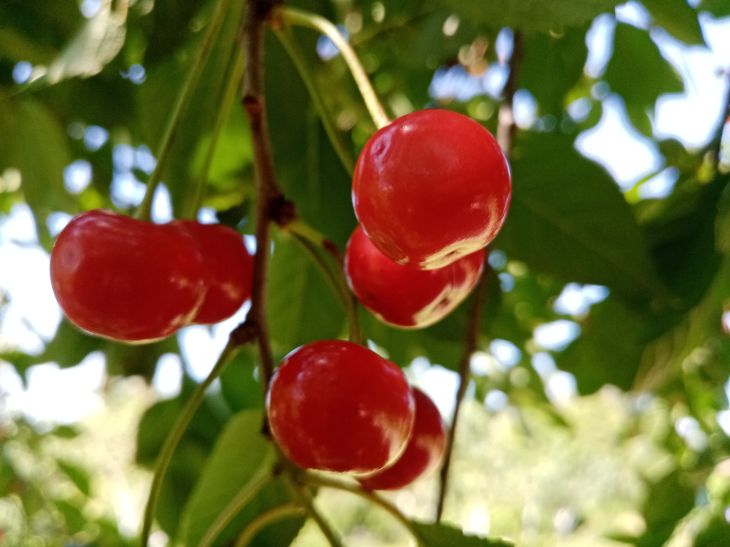Cherry is an extremely popular tree among summer residents all over the world. Most summer cottages have at least one such tree.
The reason why this tree is so loved by summer residents is its ease of care and delicious fruits.
But with cherries, as with any fruit tree, problems can arise. They also get sick and are attacked by various pests.
However, there are general growing rules that can help novice gardeners grow healthy cherries in their garden.
Rule 1: Choosing the right variety
Choosing the right cherry variety is not easy. To do this, you will have to take into account many factors, from the size of your plot to the weather conditions. We will tell you what you should pay attention to in order to grow healthy and tasty cherries.

• Winter hardiness. This is probably one of the main problems of planting cherry trees in the middle zone. Cherry has low cold resistance. To avoid problems, it is better to choose a cherry variety that has stood the test of time, for example, "Molodezhnaya" or "Assol".
• Ripening period. There is a little trick to growing cherries in a certain way. If you buy and plant varieties of this berry with different ripening periods, then you will be able to get fresh berries longer, because they will not ripen at the same time, but will do so over time one after another.
• Self-fertility. When choosing cherries for your own garden, you should choose varieties that are self-fertile (they do not require pollinating plants to set fruit). Due to this feature, such varieties will be able to bear fruit even if they are the only ones on the site.
Rule 2. Choosing a landing site
Choosing the right place for planting is already a big part of success when growing cherries. But the place must be chosen carefully. To find a place more easily, you can refer to the following tips.
• Cold air. The best place for cherry trees to grow is on hills and other elevated areas. Planting cherries in lowlands is a bad idea. This way, cold air currents will accumulate right on the plant and harm it. The ovaries die at -1 degrees Celsius, and the flowers at -2 degrees. And if the ovaries freeze, the plant will not produce a harvest of berries.
• Humidity. Excessively high humidity can not only reduce the yield, but also destroy the entire tree. To avoid this problem, do not plant cherries in areas with high groundwater levels.
The minimum distance from the surface to underground "rivers" should be 2-2.5 meters. Melt water can harm the cherry tree in the same way. If it accumulates on the roots of the tree, it can die. Therefore, you cannot plant in places where melt water stagnates for a long time.
• Soil composition. Neutral soil with a pH level of 6.5-7 is ideal for cherries. If the indicators deviate, the plant may grow worse or even get sick, which may affect its health and the number of fruits. If desired, you can reduce the acidity of the soil with improvised means, for example, slaked lime or dolomite flour.
If your plot consists of sod-podzolic soil, then one treatment every 3-5 years will be quite enough. Light sandy soils are not so demanding of the deoxidizer - it is required to treat with a solution of 300-500 grams once in the same period.
Heavy clay soils, on the contrary, require a large amount of processing - about 600-800 grams per square meter will be enough for them. The frequency of processing in all cases remains unchanged.








